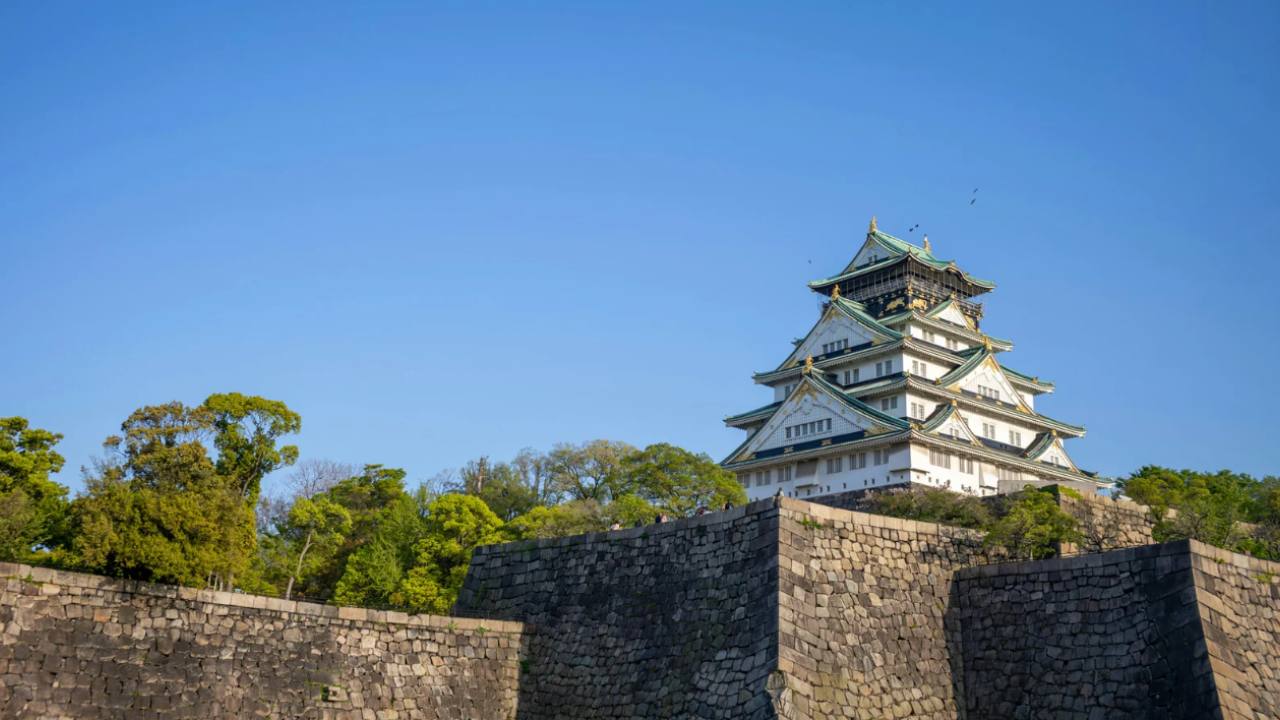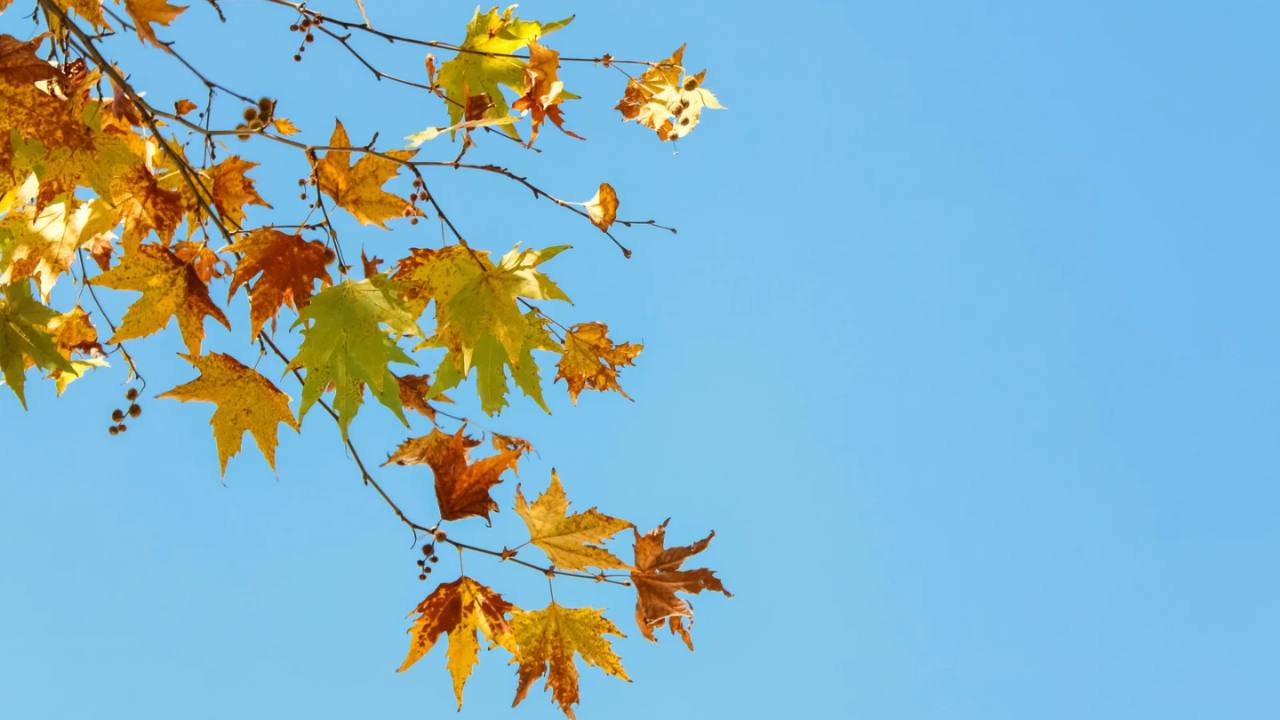新年最初は文字の話 The first letter of the year is about the characters.
2025年、今年初めてのニュースレターです。皆様、新年あけましておめでとうございます。今年もどうぞよろしくお願いいたします。
Hi! This is the first newsletter of 2025. Happy New Year, everyone! I thank you for your continued support this year in advance.
さて、今年のニュースレターですが、今年はもっと色々な角度から、日本語と日本の文化についてお役に立つ情報をお伝えしたいと思います。(ただ、教科書に出てくるような文法の説明はしませんので、あしからず。)
In this year's newsletters, I would like to introduce the useful information about the Japanese language and culture from more various viewpoints. (I will not explain the grammars like in textbooks, so please excuse me.)
日本語を習うときにまずぶつかる壁は、日本語の文字、ですよね。今日は、今年最初のニュースレターでもありますし、初心にかえって、日本語の文字の話をしましょう。もうご存知の方は、復習してみてくださいね。
When you learn Japanese, the first wall you hit is the Japanese characters, isn't it? Today, as it is the first newsletter of this year, let's go back to the starting point and talk about the Japanese characters. If you already know, please review.
日本語の文字は3種類あります。1. ひらがな、2. カタカナ、3. 漢字です。日本にはおよそ2,000年前に(正確にはわかっていません)漢字が大陸から伝わってきたのが今の日本語の文字のもととされています。なので、この3種類の中で一番最初にあったのは漢字です。
There are 3 types of characters in Japanese, 1) Hiragana, 2) Katakana and 3) Kanji. About 2,000 years ago (details unknown), Kanji was brought into Japan from the continent and this is said to have become the origin of the current Japanese characters. So, Kanji is the first of these three that existed in Japan.
しかし、それ以前から日本人は日本語を話していたので、日本人の言葉に漢字(中国語の文字)を当てはめて使っていました。漢字には一文字ずつ意味があるので(表意文字)意味を利用したり、音が日本語に近い漢字を当てはめて使っていました。
However, Japanese people were speaking Japanese language even before the Kanji arrival, people adopted Kanji (Chinese-origin characters) in the Japanese language. Each kanji has a meaning (ideogram) and so the meaning was sometimes taken, or the kanji with similar sounds to Japanese words were adopted to write Japanese sentences.
日本語の漢字に音読みと訓読みがあるのはこのためで、音読みが元々の中国語に近い発音、訓読みが日本語の言葉に漢字を当てはめた時の読み方なのです。実にややこしい、、、ですよね。
This is why each Japanese kanji has 2 types of pronunciation; On-yomi and Kun-yomi. On-yomi is the pronunciation similar to the original Chinese, and Kun-yomi is the pronunciation of a kanji that expresses a Japanese word. Complicated, indeed...I agree.
その後、平安時代に漢字を崩して作っていったのが、ひらがなとカタカタです。全部の文字を筆で書くとき、画数が多くて書くのが大変なので、崩して簡略化したくなるのもわかりますよね。ひらがなは漢字一文字の全体を崩したもの、カタカナは漢字一文字の一部をとったもの、とされています。
Then, later in Heian Era (around 800-900 AD), Hiragana and Katakana were created through breaking down the kanji forms. In the times when people had to write all with a brush, it is so understandable they wanted to break down and simplify kanji, isn't it? Each Hiragana is said to be simplified through breaking down a whole kanji, whereas a Katakana is taken from a part of a kanji.
ひらがなやカタカナがどの漢字から作られたのか、いずれまたお見せしたいと思います。長くなったので、今日はここまでにしましょう。読んでくださってありがとうございました。質問があったらぜひメール、またはコメントしてくださいね!ではまた。
I will show you sometime which kanjis are used for creating each hiragana and katakana. As it's getting long, I'm going to stop for today. Thank you for reading! Please send me an email or comment on the website, if you have any questions. See you!






Responses